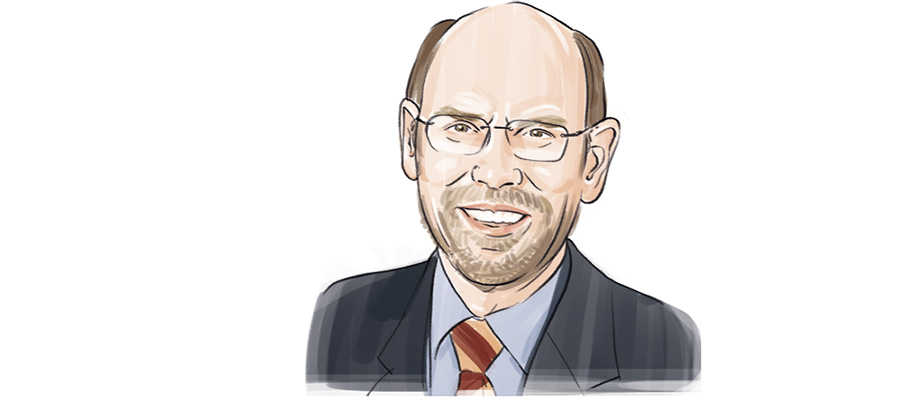Editorial
Water gives life, but it also destroys.

3 QUESTIONS FOR
The increasing scarcity of water requires more investments in the modernization of an aging and inefficient water infrastructure and an increase of trained workers in the water supply sector. We need to transition to a green economy in which water plays a key role.
If wastewater is not properly treated, it does harm to people, the environment, and the economy. But we have to do more than just processing wastewater correctly. We also have to use innovative projects to produce energy and raw materials from wastewater.
Let me give you an example. About 22 percent of the phosphorus consumed worldwide today could be extracted from human urine and feces. Phosphorus is a finite resource that is used in fertilizers and has already been greatly depleted. There’s considerable development potential here
is a member of the Executive Committee of the German Commission for UNESCO and was its President from 2002 to 2014.
liters of water per second were consumed in Munich during the half-time break of the final game of the 2014 World Cup. Only 2,000 liters were consumed during the playing time